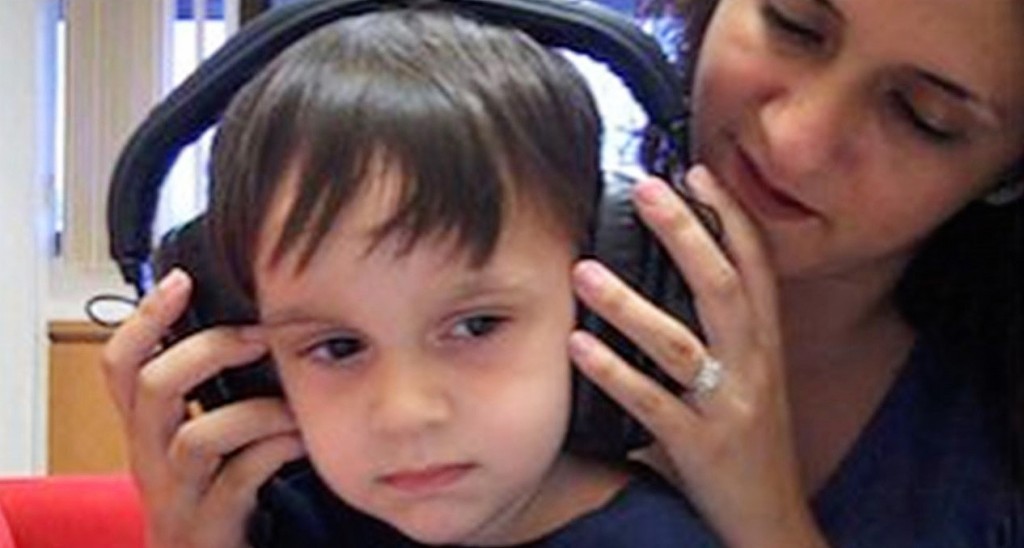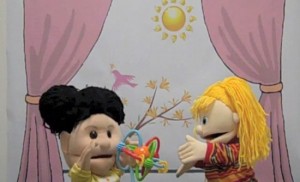Research by Dr. Leher Singh discovers that bilingual children can selectively activate a single language even in the presence of phonological conflict across their two languages.
How do bilingual learners navigate between two language systems that are conceptually linked yet vary phonologically?
Research has extensively examined perceptual switching – the ability to alternate between languages by selectively activating a single language while deactivating the other according to the language context – in bilingual adults. Yet, less is known about this ability in children.
Recent research by Dr. Leher Singh from the Department of Psychology in NUS and Dr. Carolyn Quam from the University of Arizona has addressed this gap by investigating the development of perceptual switching in bilingual preschool children.
“One might imagine that English and Mandarin are potentially confusing to learn together because they have several conflicting rules. One source of conflict comes from the fact that Mandarin is a tone language and English is not a tone language, so children have to employ different rules for different languages,” said Dr. Singh.
In their study, children in two age groups (3- to 4-year-olds, and 4- to 5-year-olds) were taught novel words in both English and Chinese narrative contexts in a relatively natural way. Specifically, the children observed two puppet friends discussing new toys that were labelled during the conversation, as illustrated in the images below.
Using the intermodal preferential-looking paradigm, the children were then tested on their recognition of these words when they were either matched or mismatched in tone.
The researchers found that children in both age groups accurately linked the words with their English and Mandarin referents when tones were matched across learning and test, as indicated by longer visual fixation durations.
When the tones were mismatched, however, differences in tone interpretation were observed across both age groups. Crucially, the 4- to 5-year-olds were able to interpret tone mismatches in a language-selective manner when supported by informative within-word cues — whereas tone variations were treated as correct pronunciations in the English language context, they were regarded as mispronunciations in the Mandarin language context. The 3- to 4-year-olds did not display such a facility.
Dr. Singh commented: “Some words, specifically, those that sound like they could belong to either language are more challenging for children and may take more experience to resolve,” although “by 5 years of age, children are pretty good at changing strategies when learning new words ‘on the fly’.” She added,
In general, this study shows that bilingual children – in a matter of minutes – can rapidly go back and forth between their languages when learning new words, with minimal confusion.
This information is likely useful and reassuring for parents raising bilingual children.
Towards increasing our understanding of bilingual proficiency, Dr. Singh’s research team is now looking at what makes two languages harder or easier to learn, and whether two languages can help children to learn the sounds of each language.
Reference
Singh, L., & Quam, C. (2016). Can bilingual children turn one language off? Evidence from perceptual switching. Journal of Experimental Child Psychology, 147, 111-125. http://dx.doi.org/10.1016/j.jecp.2016.03.006




